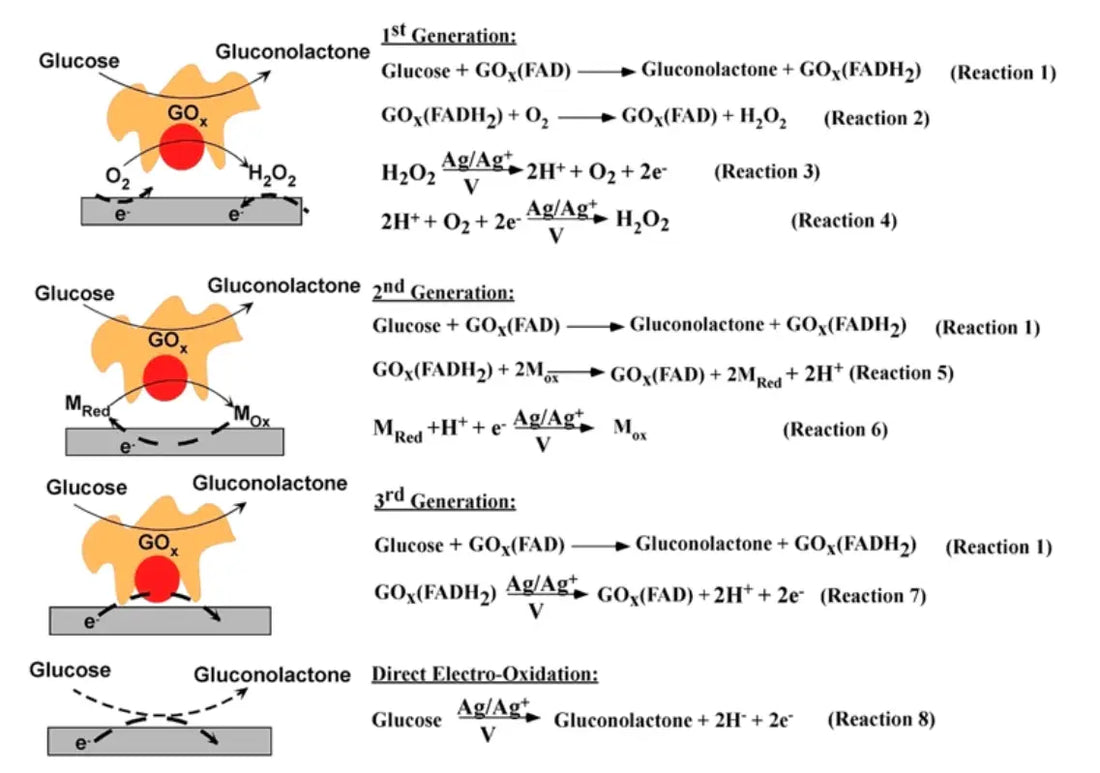Introduction
Effective blood glucose management has always been a complex challenge due to the rapid fluctuations in glucose levels that occur throughout the day. These fluctuations can be influenced by a wide range of factors, including food intake, exercise, stress, illness, and even sleep patterns. Traditional monitoring methods, such as Blood Glucose Meters (BGMs), offer only snapshots of glucose levels at a particular point in time. This limitation has significant drawbacks, as it fails to capture the full picture of an individual's glucose trends, spikes, and drops.
The Need for Continuous Monitoring
To truly understand and effectively guide users in their glucose management, continuous data is essential. Continuous Glucose Monitoring (CGM) systems were developed to address this critical need. Unlike traditional monitoring, CGMs provide real-time insights into glucose levels throughout the day and night. This continuous data stream allows for better detection of patterns, more timely interventions, and personalized health decisions.
The Three Generations of CGM Technologies
Since their inception, CGM technologies have evolved through three generations, each offering significant improvements in accuracy, user experience, and data insights.
1st Generation CGM Systems
The first generation of CGM systems primarily relied on wired sensors to detect interstitial glucose levels. These sensors required frequent calibrations using traditional blood glucose meters and often had limited accuracy and response times. Early adopters faced challenges with sensor durability and consistent performance. However, this generation laid the groundwork for continuous monitoring as a viable alternative to traditional methods.
2nd Generation CGM Systems
The second generation introduced significant advancements in sensor technology. These CGMs featured more accurate enzyme-based sensors with improved response times and data reliability. Wireless connectivity emerged as a critical improvement, allowing CGMs to transmit glucose data directly to compatible devices such as smartphones and dedicated receivers. While still requiring periodic calibrations, these systems represented a major leap forward in user convenience and usability.
3rd Generation CGM Systems
Third-generation CGMs mark the latest evolution in continuous glucose monitoring. These systems are characterized by factory-calibrated sensors, eliminating the need for frequent blood-based calibrations. The sensors are more compact, comfortable, and designed for extended wear, often lasting 10-14 days or longer. Additionally, third-generation CGMs offer enhanced accuracy, faster detection of glucose trends, and advanced algorithms for predictive alerts and data analytics. With seamless integration into digital health platforms, this generation emphasizes both precision and user empowerment.

Sus-Wel LinX CGM 2nd Generation CGM Technology
Sus-Wel LinX CGM leverages the latest innovations within the industry, adopting third-generation technologies to provide unparalleled accuracy and user convenience. Their CGM solution features factory-calibrated sensors, improved comfort, and high-performance algorithms for precise glucose tracking. By eliminating the need for routine blood calibrations and providing real-time insights into glucose trends, Sus-Wel Linx empowers users to take full control of their glucose management journey. This represents a critical step forward in the evolution of CGM technology, making it more accessible and effective for a broad range of users, from those managing type 1 or type 2 diabetes to individuals with prediabetes.






